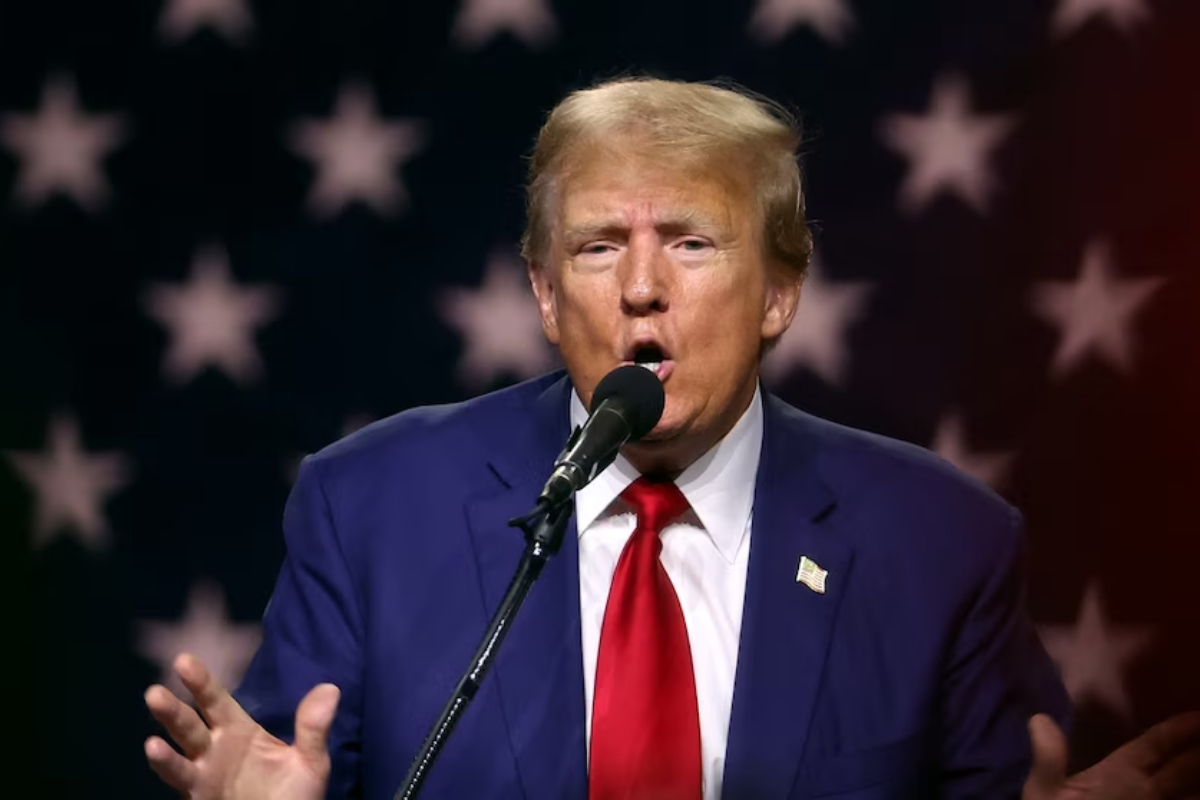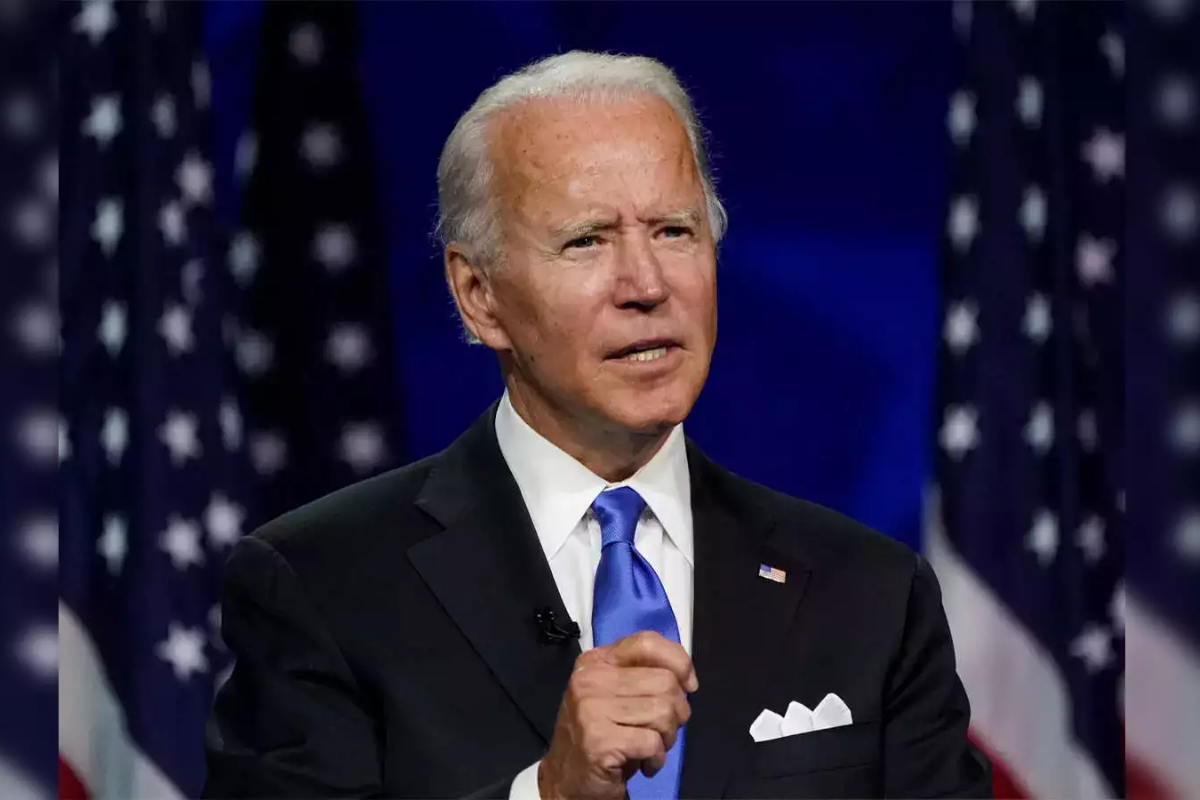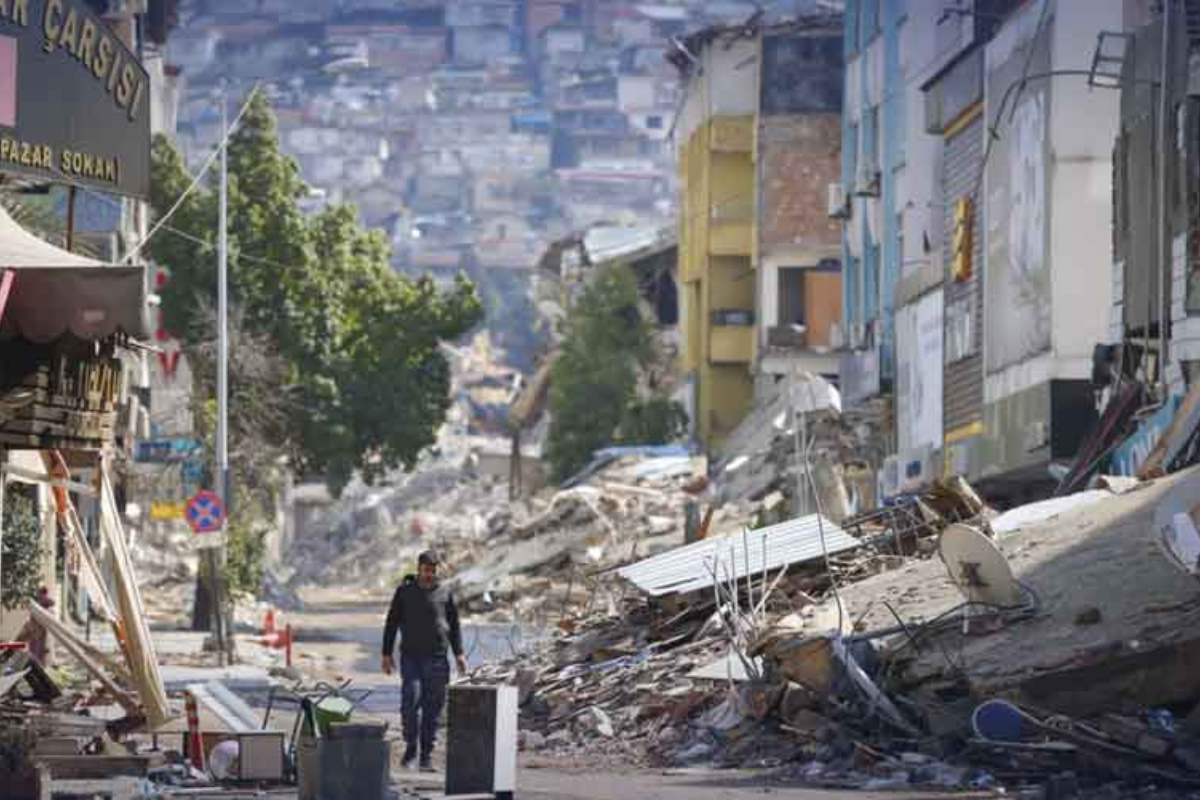- Australia has pledged to protect at least 30% of its land.
- They aim of zero extinction for its rare plants and animals.
- It is a 224.5 million dollar worth plan.
Australia has pledged to protect at least 30% of its land in the face of intense strain on the nation’s ecosystem and an aim of zero extinction for its rare plants and animals.
Tanya Plibersek, minister for the environment and water, said the 224.5 million Australian dollar ($145.9 million) plan gives a pathway for threatened species protection and recovery over the next ten years when it was unveiled on Tuesday.
It contains a pledge to stop any new extinctions of plants and animals and prioritizes 110 species and 20 locations where action is most needed.
In light of the growing challenges posed by climate change, natural disasters, rabid predators, and human activities, Plibersek declared that the government was “committed to give wildlife a better chance.”
She charged that the outgoing administration, which was ousted in elections held in May, had its “head in the sand” in regards to environmental issues.
She referred to Australia as the world’s center of mammal extinction and declared in a statement that “our existing approach has not been working.” “If we continue to operate in the same manner, we will continue to have the same outcomes. There has never been a more pressing need for action. I won’t avoid challenging issues or concede that environmental deterioration and extinction are unavoidable.
Following months of delay, a historic government assessment was finally made public in July. It revealed that Australia had lost more animal species than any other continent in the world and that its ecosystem was in “poor and worsening” condition.
According to the research, many of the worst changes have taken place in the last five years, during which time 202 animal and plant species have been deemed “vulnerable.” According to the report, there are more exotic plant species in Australia than there are local ones.
The declaration made by Plibersek was welcomed by conservation organizations, but they urged the government to take further action in light of the difficulties facing the Australian environment.
Almost half of the nation is currently used for sheep and cattle grazing, and since 1990, primary forest has been removed on an area of around 6.1 million hectares (15 million acres).
According to Basha Stasak, nature program manager for the Australian Conservation Foundation, “the key to attaining this goal is stopping the degradation of wildlife habitat.”
“Unfortunately, Australia has a terrible track record of safeguarding our rare species. Because we continually destroying their habitats, Australia is a global leader in the extinction of mammals.
The organization recommends stopping land removal and deforestation, among other things, and asking the government to cease licensing harmful fossil fuel projects.
Wild creatures have suffered greatly as a result of extreme climate events like the bushfires that ravaged southeastern Australia in late 2019 and early 2020.
According to World Wide Fund for Nature-Australia, three billion species, including frogs and mammals, were in the path of the flames. A later examination revealed that the fires claimed the lives of almost 60,000 koalas. In February, the species status of the creatures was declared endangered.
Unlike the previous government, I’m not going to accept extinctions as inevitable.
We need to protect our precious wildlife. pic.twitter.com/TzCdvzlrmg
— Tanya Plibersek (@tanya_plibersek) October 3, 2022
[embedpost slug=”cyberattack-on-australia-affects-1-2-million-optus-customers”]





















